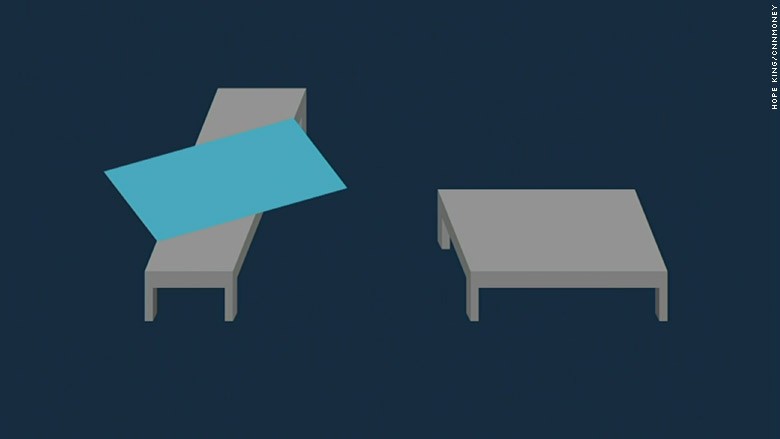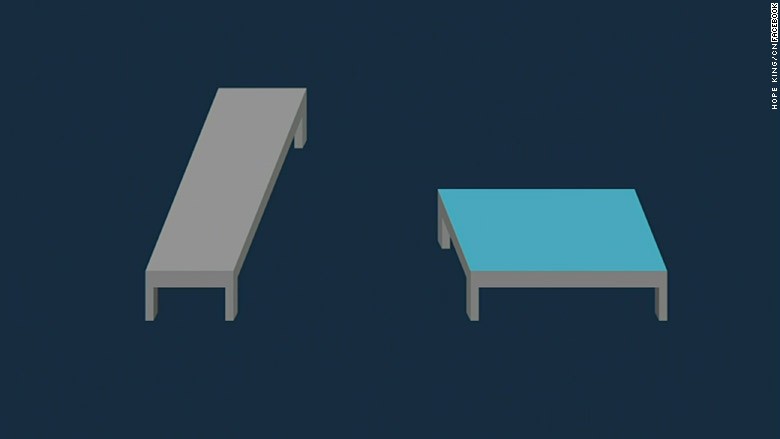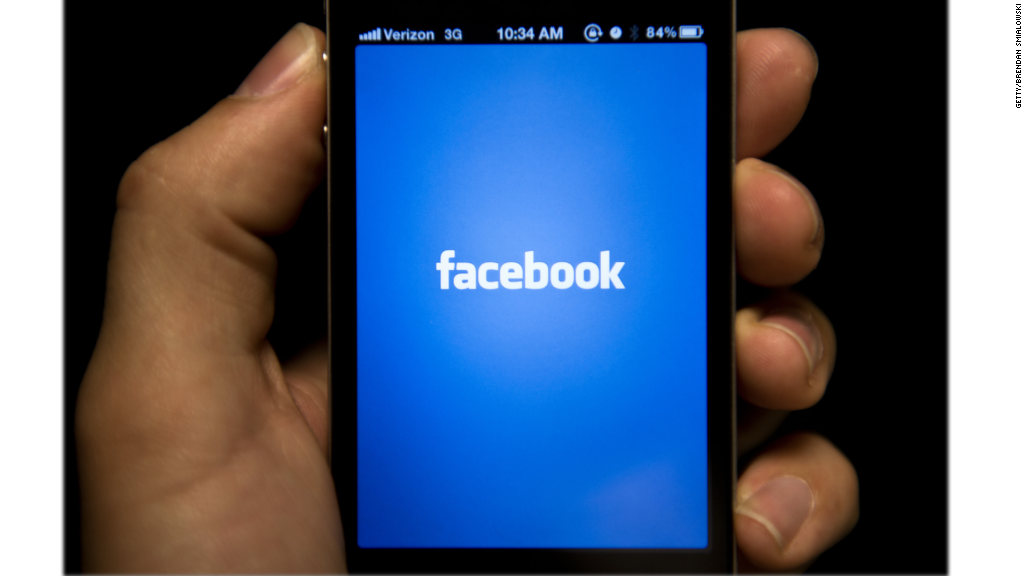
Virtual reality had been tried and done. People thought it was dead.
Oculus chief scientist Michael Abrash had doubts too, until a special Keanu Reeves movie came along.
"It was 'The Matrix' that made me believe it," he told an audience on Thursday at F8, Facebook's developer conference.
The virtual reality wizard referred to the 1999 blockbuster film several times during his keynote speech to explain why VR is the next "transformational" technology.
The short version of his pitch to engineers: The movie wasn't totally crazy. The real world is simply a collection of sensory perceptions, and virtual reality can be just as real. Help us create that experience.
"[Our] brain is reverse engineering reality rather than recording it," Abrash said. "Virtual reality is about experiencing the virtual world as real. Experiences are nothing more than what the mind infers from the information it receives."
Or, he said, as Morpheus put it: "What is 'real'? How do you define 'real'? If you are talking about what you can feel, what you can smell, what you can taste and see, then 'real' is simply electrical signals interpreted by your brain."
In between movie quotes, Abrash talked about the McGurk effect (why seeing someone speak is key to understanding what you hear), how and why we perceive motion, and our limited visual spectrum. It was a dizzying presentation of scientific explanations, his way of taking everyone down the rabbit hole.
As evidence that we live in a Matrix-esque world -- where we're at the mercy of our limited senses, with only one brain to fill in the gaps -- he demonstrated dozens of optical illusions on stage. See some of them below.
Facebook (FB) CTO Mike Schroepfer, who spoke on stage before Abrash, said that hardware to develop virtual reality experiences for Crescent Bay, Oculus' consumer headset, will be available later this year.
So, what does this all mean?
As Abrash put it, quoting the villain Cypher, "It means buckle your seat belt, Dorothy, because Kansas is going bye-bye."
Related: Facebook developer conference F8 day 1 -- 7 big changes coming to Facebook
Here are some of the optical illusions that Abrash used in his presentation:
1. What's real is just what we've come to accept as real. We perceive this straw to pass through the object because we are given visual cues about depth and distortion. Our brain uses past memory and experience to create an impossible image.
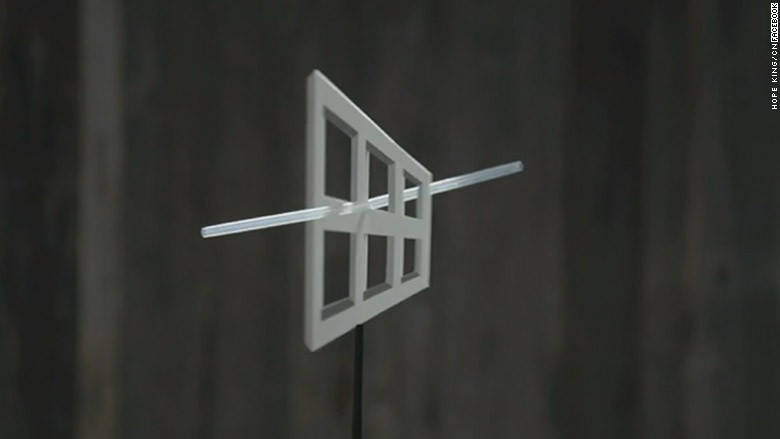
The brain can be tricked because it fills in the gaps of what our senses pick up. "Our visual data is astonishingly sparse," said Abrash, who also gave the example of the blue and black dress versus the white and gold dress debate.
2. Blue pill or red pill?
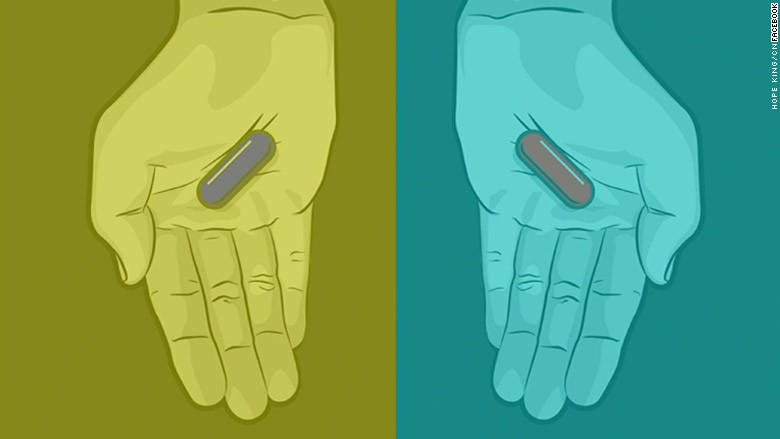
Actually, they're both the same shade of gray.

3. Colors change depending on light conditions.
Like this.
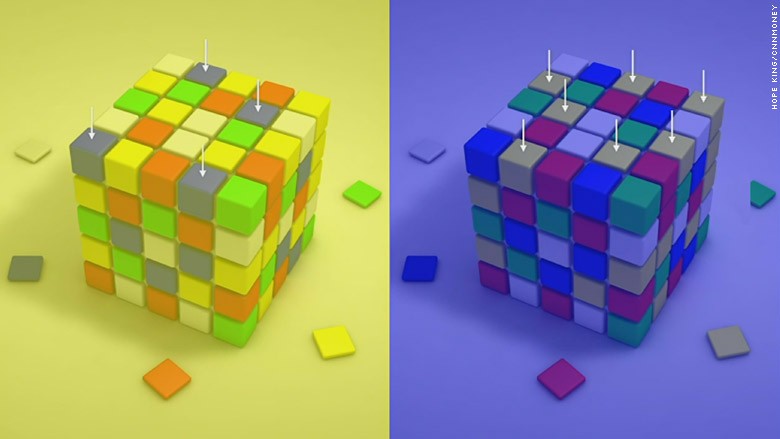
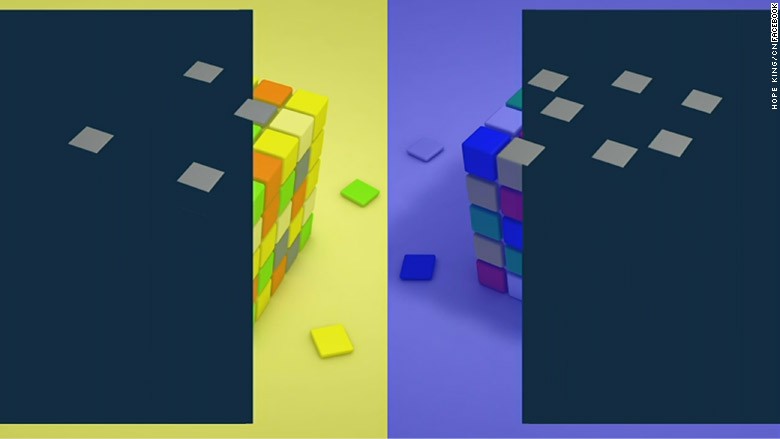
4. And this.

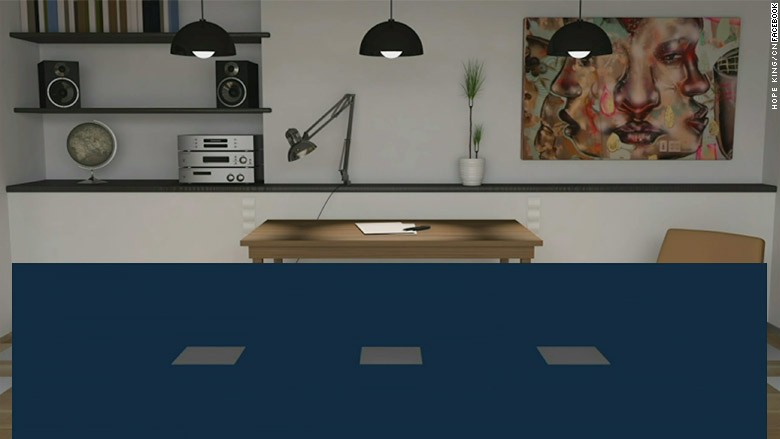
5. Contrasting colors make us perceive angles differently. That's why we see the checkerboard in the background as being curved.
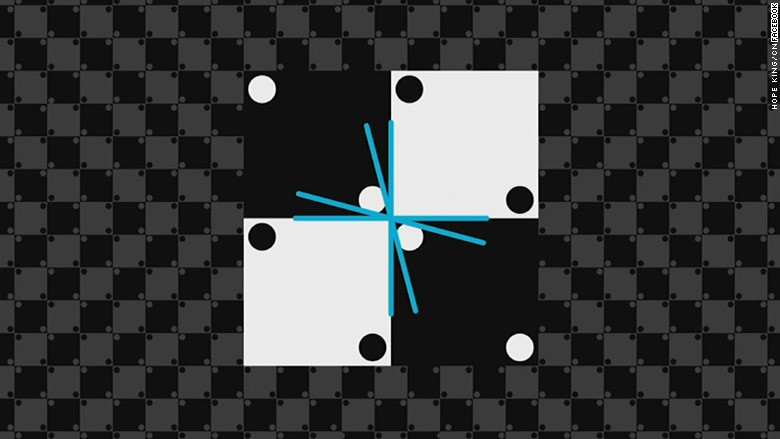
6. Which table is longer?
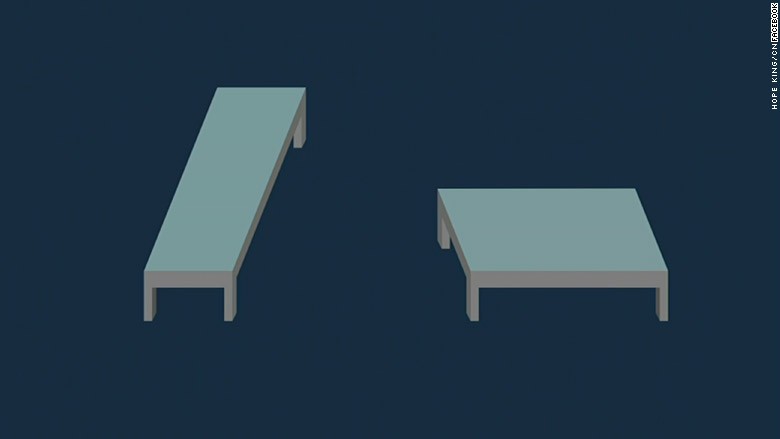
They're the same length. (Trust us.)
